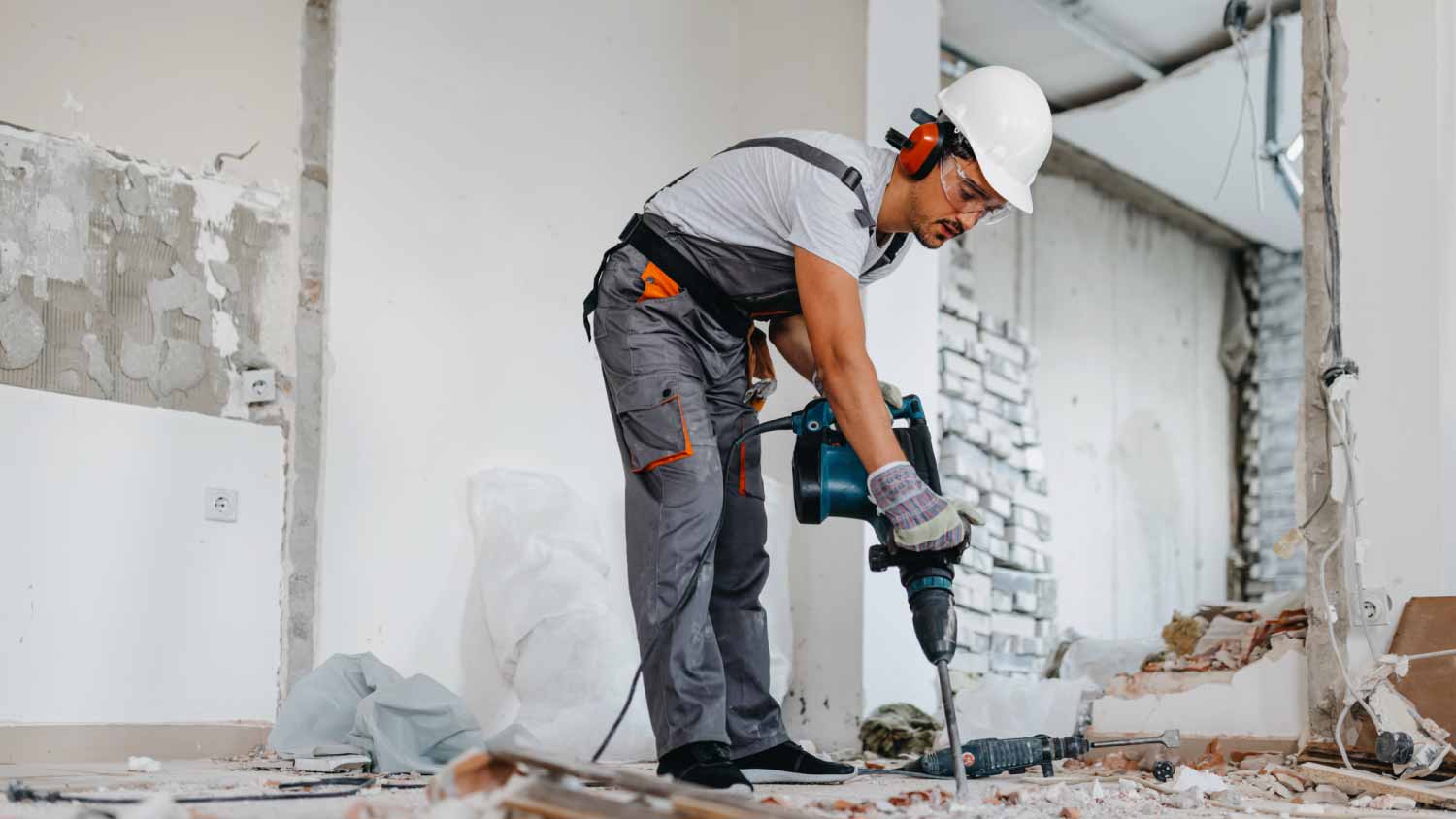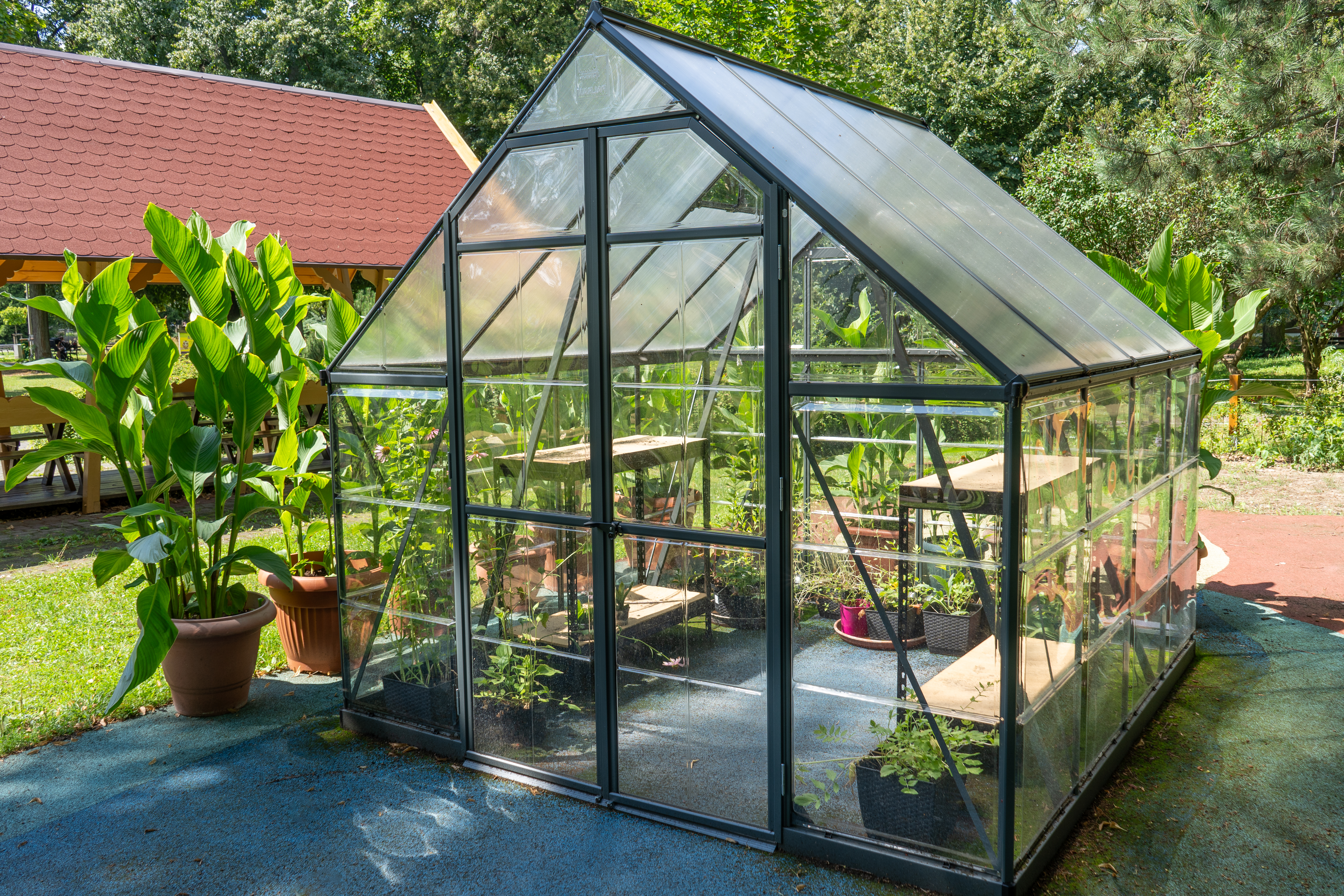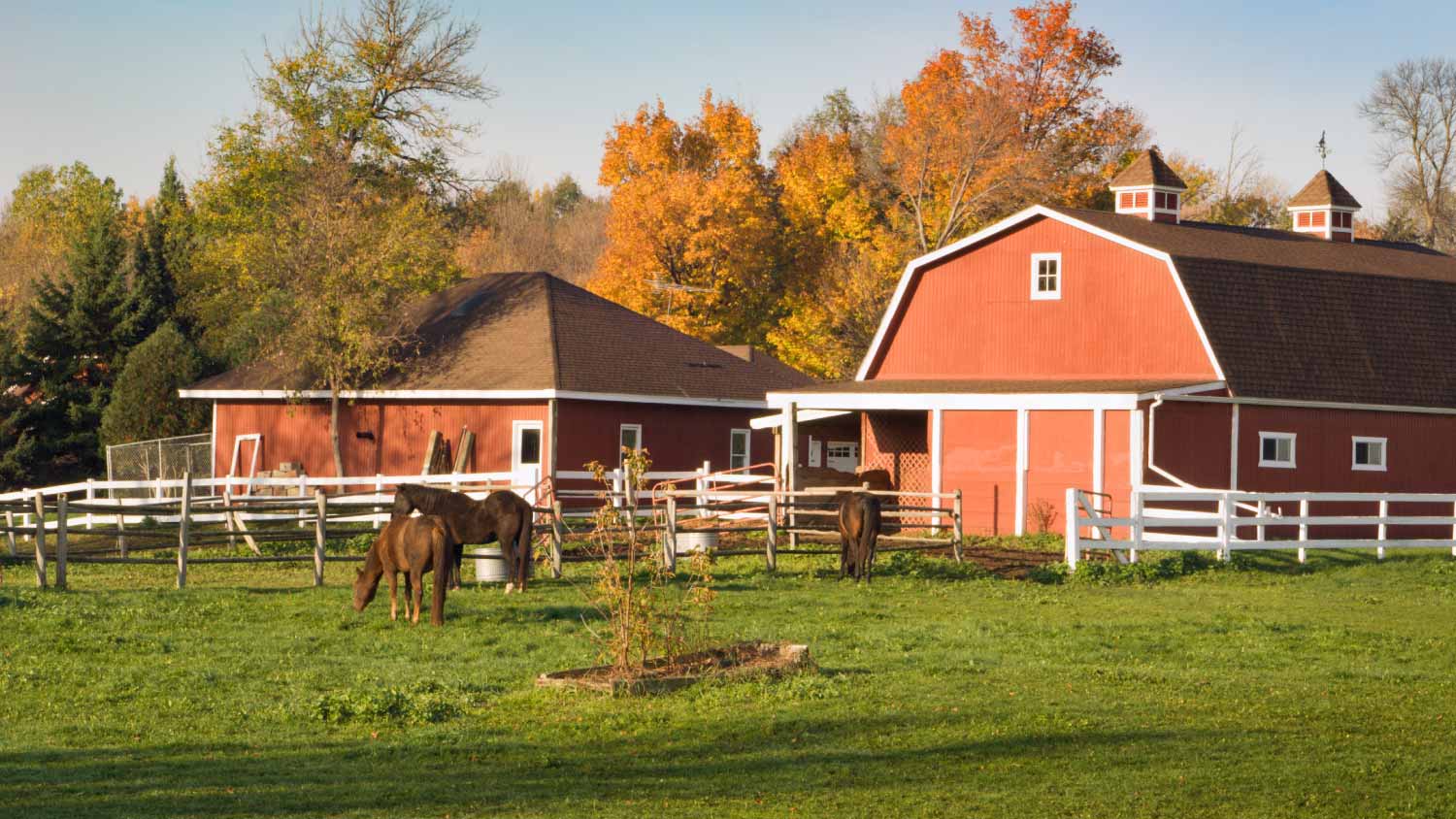
The cost to build a stone house is pricey. Learn why you need specialized workers to build the house to a level that’s good enough for you and the city.
The average home demolition cost calculator estimate is $10,000, with projects ranging from $6,000 to $25,000 on average, depending on size, materials, and hazardous materials


A home demolition cost calculator helps you estimate the price of completely or partially tearing down a house.
Key home demolition cost factors include the size of your home, type of building materials, hazardous materials, and local permit requirements.
Expect to pay between $4 and $17 per square foot for partial or full home demolition.
Always account for preparation, cleanup, and following local regulations for a smoother demolition process.
This article was created using automation technology and thoroughly fact-checked and edited by an Angi Editor in accordance with our AI policy.
Home demolition cost calculator tools help homeowners estimate the average cost of tearing down a house, which ranges from $6,000 to $25,000. Demolition projects average $10,000, or $4 to $17 per square foot. Costs vary by home size, materials, location, and the presence of hazardous materials.
A reliable home demolition cost calculator lets you plan for all expected expenses, including labor, permits, and debris removal.

Estimating demolition costs isn’t just about the size of your home—many unique factors play a role. Here’s what you need to know before using a home demolition cost calculator.
The type of demolition you choose is the first major decision and directly affects your calculator estimate. Full demolition means tearing down the entire structure, while partial demolition covers removing selected sections, like a garage or interior walls. Interior gut jobs strip everything inside but leave the shell. Outbuildings, such as garages or sheds, cost less to demolish due to their smaller size and simpler construction. Each type suits different needs: full demolitions for total rebuilds, partial for renovations, and interior gut for major remodels.
| Demolition Type | Average Cost | Description |
|---|---|---|
| Full demolition | $8,000–$20,000 | Complete removal of entire home and foundation |
| Partial demolition | $2,000–$20,000 | Selective removal (e.g., rooms, wings, additions) |
| Interior demolition | $1,000–$5,000 | Stripping interior to studs, keeping exterior walls |
| Garage/outbuilding | $1,000–$5,000 | Removal of detached structures (garages, sheds, barns) |
| Deconstruction | $10,000–$50,000 | Tearing down by hand to recycle and reuse materials |
Total size is a primary driver of home demolition costs, ranging from $4 to $17 per square foot.
Larger homes require more labor, equipment, and time. For example, demolishing a 1,000-square-foot home at $10 per square foot costs $10,000. Multi-story homes or complex layouts can add to the final price, as can homes with basements or attached garages.
| Home Size (Sq. Ft.) | Average Cost |
|---|---|
| 1,000 | $5,000–$15,000 |
| 2,000 | $10,000–$34,000 |
| 3,000 | $15,000–$50,000 |
The construction materials of your home have a major impact on demolition costs. Wood-framed homes are less expensive to demolish than those made of brick, concrete, or steel. Mixed-material homes—those with stone accents or heavy tile roofs—require more specialized equipment and labor.
Disposal and recycling fees also vary. Some materials, like steel or clean wood, can be recycled for a partial rebate, while others cost more to dispose of due to weight or contamination.
Labor is the largest single expense in a demolition budget. A standard team includes demolition contractors, equipment operators, and sometimes specialists for hazardous materials. Labor rates range from $50 to $100 per hour, depending on location and project complexity.
Projects in high-cost regions (like major cities) can push costs higher. Specialist work, such as asbestos removal, is billed separately and can significantly increase your total cost.
Preparation is essential—and often overlooked. Before demolition, you’ll need to disconnect utilities (gas, water, electricity), secure permits, and conduct a site assessment. If your home was built before 1980, hazardous material testing for asbestos or lead paint is required. Removal of trees or landscaping in the demolition area also adds to your prep costs.
Preparation can take several days to weeks, depending on the complexity of the site and local regulations. The home demolition cost calculator can include these prep costs to give you a more complete estimate.
Tipping demolition crews is not required or standard, but it is appreciated for exceptional work or if the crew went above and beyond. If you choose to tip, $20 to $50 per worker is a reasonable amount. Alternatively, providing lunch or refreshments is a thoughtful gesture. A positive online review or referral is another great way to show appreciation.
There are several other costs to consider when for a home demolition. Including these factors in your estimate helps avoid budget surprises down the line:
Permit and inspection fees, which vary by city or county
Debris removal and landfill fees, based on the amount and type of material
Salvaging decorative or architectural elements for reuse or sale
After the demolition is complete, there are a few ongoing costs to keep in mind, especially if the site will remain vacant for a while.
Maintaining a vacant lot involves erosion control, weed management, and sometimes installing or maintaining temporary fencing for security. Expect to spend a few hundred dollars per year on basic upkeep, depending on your region and lot size.
You may need to keep the site safe and compliant with local codes. This can include maintaining temporary fencing, signage, or erosion control measures. If any utilities remain active for future construction, expect minimal ongoing fees. Environmental monitoring or compliance (such as stormwater runoff controls) can also add to your costs.
If demolition work accidentally damages neighboring properties, driveways, sidewalks, or landscaping, you are responsible for repairs. These costs vary but can range from a few hundred to several thousand dollars, depending on the extent of the damage. Addressing drainage or soil settling issues after demolition is also important to prevent long-term problems.
Insurance is crucial during demolition. Demolition insurance policies protect against accidents or property damage. After demolition, you may need vacant land insurance to cover liability risks until you rebuild or sell the lot.
Some homeowners consider DIY demolition to save money, but it’s a major undertaking. Let’s compare the costs and considerations.
DIY costs include equipment rental (such as excavators and dumpsters), permit fees, safety gear, and disposal charges. While you can save on labor, the risks are much higher. You must have the skills to safely operate heavy machinery, manage hazardous materials, and follow all local codes.
Hiring a professional adds labor costs but brings expertise, faster completion, and proper handling of permits and hazardous materials. The home demolition cost calculator can help you estimate both options by letting you toggle between DIY and pro rates.
DIY is only advisable for small, non-structural projects—like removing a shed or detached garage—where safety risks are minimal. For full home demolition or any structure with hazardous materials, hiring a licensed contractor is the safest and most cost-effective choice.
Many demolition projects involve additional features that increase the total cost. Common add-ons include:
Asbestos removal: $1,000–$2,900
Pool demolition: $5,000–$8,000
Tree and landscaping removal: $1,950–$6,250
Site grading and soil stabilization: $1,300–$5,600
Temporary fencing: $150–$500
There are several ways to keep your demolition costs in check:
Get multiple quotes from licensed demolition contractors to ensure competitive pricing.
Salvage and recycle building materials like doors, windows, and fixtures to offset disposal costs.
Handle some prep work yourself, such as removing appliances or fixtures, to save on labor.
Schedule demolition during off-peak seasons, when contractors may offer discounts.
Bundle demolition with other site work, like grading or landscaping, for potential overall savings.
Ensure all permits and inspections are completed to avoid costly fines or delays.
Home is the most important place on earth, which is why Angi has helped more than 150 million homeowners transform their houses into homes they adore. To help homeowners with their next project, Angi provides readers with the most accurate cost data and upholds strict editorial standards. We extensively research project costs to develop the pricing data you see, so you can make the best decisions for you and your home. We rely on reputable sources, including the U.S. Bureau of Labor Statistics, academic journals, market studies, and interviews with industry experts—all to ensure our prices reflect real-world projects.
Want to help us improve our cost data? Send us a recent project quote to [email protected]. Quotes and personal information will not be shared publicly.
From average costs to expert advice, get all the answers you need to get your job done.

The cost to build a stone house is pricey. Learn why you need specialized workers to build the house to a level that’s good enough for you and the city.

Discover the cost to build a greenhouse. Learn about average prices, key cost factors, and how to save on your greenhouse project.

Get transparent shed repair cost info so you can learn average prices, cost factors, and ways to save on shed repairs for your home.

Whether you hire a pro or do it yourself, building a house has many challenges. Here are the biggest mistakes to avoid when building a new house.

Building a wheelchair ramp for your home or residential business can offer vital accessibility. Learn how to build a wheelchair ramp with this DIY guide.

Discover the average indoor riding arena cost, including key prices, cost factors, and tips to help you plan your project with confidence.